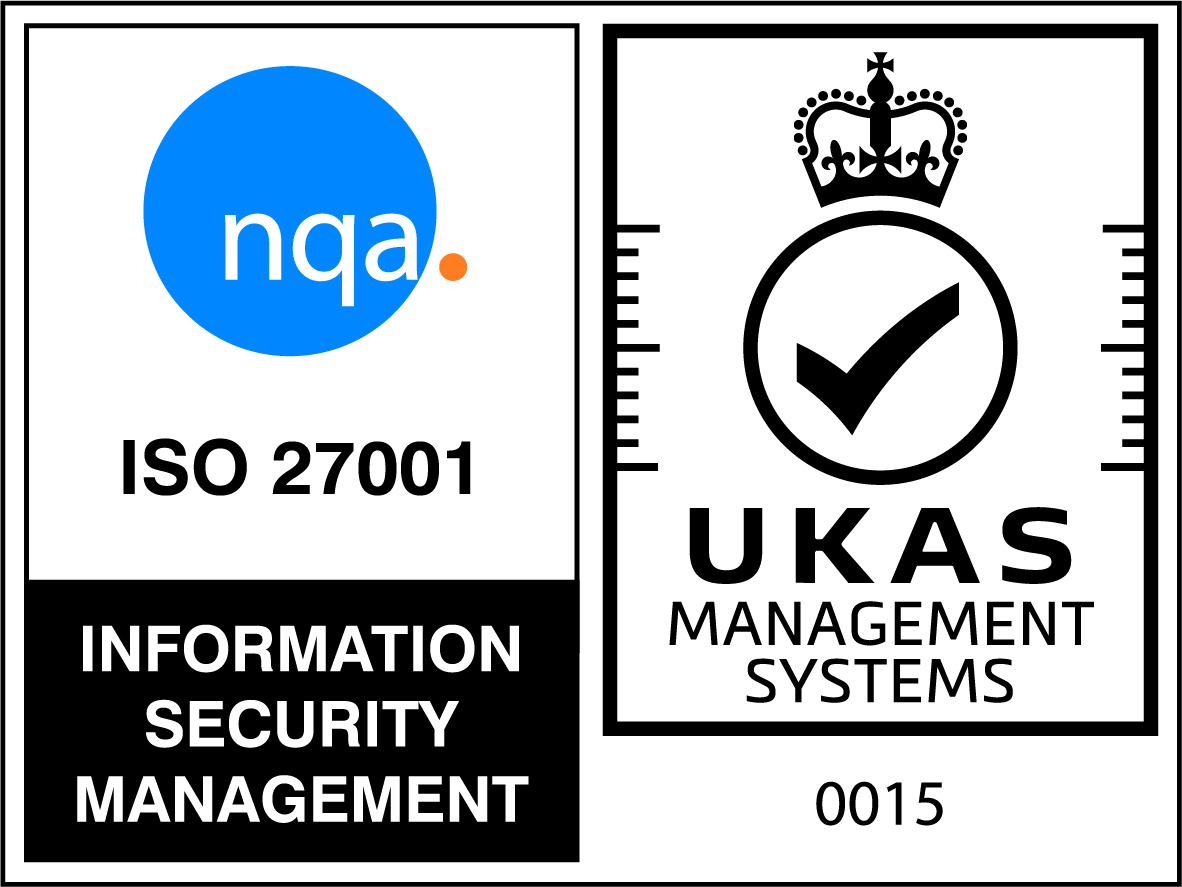Microsoft licensing terms update
Executive Summary of August changes
• Product Terms changes include new Extended Term licensing cross program, new Exchange and Skype Server Subscription Editions, Azure AI Foundry grounding clause, Unattended Bot support for Windows 365, and expanded Defender for Experts licensing paths.
• Dynamics 365 F&O license enforcement begins November 1, 2025, with warnings starting September.
• Extended Security Updates (ESU) for Exchange 2016/2019 now available from August 1 to support migrations to Subscription Edition, ending April 14, 2026.
• Windows 10 ESU options launching September, with pricing or coverage options depending on deployment channel.
• Subscription Editions (SE) for Exchange and Skype Server now generally available; standalone on-prem server products saw a 10% price rise as of July 1.
Microsoft EA Pricing Model: Discounts Disappear
From November 1, 2025, Microsoft will align Enterprise Agreement pricing for Online Services with public web pricing. This effectively removes the 6 to 12 percent volume discounts that have helped customers soften the blow of large renewals.
For enterprises with tens of thousands of seats, the financial impact will be immediate. A global business that once relied on tiered discounts could be looking at millions in extra annual spend. For smaller organisations, it removes the one pricing lever they could realistically use. Microsoft’s intent is clear: simplify pricing and push more customers into CSP, where discounts are harder to negotiate and contract terms are less flexible.
Implications
Budget forecasts that assume historical discounts are already outdated. Procurement teams will need to prepare executives for higher costs and adjust negotiation strategies. The focus may shift to securing value through multi-year commitments, adopting premium services like Copilot, or bundling workloads. ITAM teams should start scenario planning now, so renewal discussions don’t turn into budgetary shocks.
Oracle Java: Enterprises Move to Open Source as Costs Climb
Oracle’s handling of Java licensing is a growing pain point. Research shows that 27 percent of enterprises are spending over $500,000 a year to cover non-compliance, and 73 percent have been audited in the past three years.
The 2023 Universal Subscription model makes things worse. It requires you to license every employee, not just the ones actually using Java. That has multiplied costs for big organisations and turned Java into a budgetary black hole. Unsurprisingly, nearly 80 percent of enterprises are planning or already moving to open-source distributions like OpenJDK, Amazon Corretto, or Azul Zulu. Savings of 40 percent or more are common, and companies also gain independence from Oracle’s audit-heavy tactics.
Implications
Oracle is stepping up “soft audit” outreach and ignoring it usually escalates into formal compliance reviews. Migration to open-source Java isn’t free, it requires testing, governance updates, and support planning, but it’s increasingly seen as the only sustainable route. SAM teams should get a full inventory of Java deployments, model the costs of staying vs. migrating, and bring senior stakeholders into the conversation now, before Oracle knocks on the door.
Microsoft SPLA Licensing Restrictions: BYOL Ends on Hyperscalers
On September 30, 2025, Microsoft will ban SPLA (Service Provider License Agreement) use on hyperscale clouds including AWS, Azure, Google Cloud, and Alibaba.
This ends years of flexibility where MSPs could host workloads on hyperscalers and share the cost benefits. Going forward, customers must either license workloads through hyperscaler marketplaces, where prices are typically 15 to 25 percent higher, or shift workloads into smaller datacenters or back on-prem.
Implications
Using SPLA on hyperscalers after the deadline will be non-compliant and is likely to attract audit scrutiny. Costs will rise sharply, and MSPs will need to renegotiate contracts to cover their own higher expenses. ITAM teams should already be mapping workloads affected by SPLA, modelling the financial impact of marketplace licensing, and speaking with MSPs about their transition strategy. Leaving it until the deadline risks compliance gaps, unplanned costs, and last-minute workload disruption.
SAP Tightens Discounts on On-Premises Licensing
SAP is turning the screw on customers still running on-premises. For years, savvy negotiators could rely on more than just standard volume discounts, often securing special reductions that kept licensing costs under control. Those days are largely over. Unless you have old contracts that lock in specific terms, the only discounts you’ll now see are the basic volume tiers, bringing most customers much closer to full list price.
This shift is not subtle. It’s SAP’s latest lever to push customers toward S/4HANA and cloud subscriptions, where it has more flexibility to charge for bundled services and lock in long-term revenue. On-premises customers sticking with ECC or hybrid deployments are the ones feeling the pinch first, as renewal prices climb without the buffer of special discounts.
Why it matters for cost and risk?
Budget shocks: Organisations accustomed to double-digit discounts may see renewal costs balloon, throwing off multi-year financial planning.
Audit exposure: Many Effective License Positions still assume historic discounts. With those gone, compliance positions are understated, and audit settlements could be much higher.
Strategic pressure: SAP is aligning the cost base so that “staying put” feels less attractive compared to migration.
Transparency challenges: SAP’s order forms have always been opaque, often hiding list prices and discount levels. With fewer special deals available, this lack of visibility makes it even harder for customers to understand their real risk. Without careful contract analysis, many will walk into renewals blind.
Implications
ITAM and procurement teams should assume the worst-case scenario of list price minus volume discount when planning. This avoids nasty surprises at renewal or audit time. All contracts should be re-examined for protected terms or clauses that still guarantee discounts. Running models that show both “with discount” and “without discount” scenarios will help organisations understand the stakes and build leverage in negotiations. Independent validation can also provide critical evidence to resist SAP’s pressure to move faster toward cloud adoption.
VMware Turmoil: Lawsuits, Customer Departures, and Licensing Shifts
Broadcom’s integration of VMware is causing ripple effects across the market, with legal disputes, product roadmap announcements, and customer exits all dominating headlines this past month.
Tesco lawsuit against VMware and Broadcom
UK retailer Tesco has filed a lawsuit against VMware, Broadcom, and reseller Computacenter, claiming unfair treatment over licensing and support contracts. At the heart of the dispute are Broadcom’s post-acquisition changes: the end of perpetual licenses, forced subscription models, and steep support fees. Tesco argues these shifts breached contractual agreements and created operational risk.
The outcome could set a significant precedent. If Tesco succeeds, other enterprises may feel emboldened to challenge Broadcom’s aggressive licensing tactics through legal channels rather than accepting them. For Broadcom, the case shines an uncomfortable spotlight on whether its post-acquisition strategy complies with fair contract practices.
VMware Explore 2025: VCF takes centre stage
At VMware Explore 2025, Broadcom doubled down on VMware Cloud Foundation (VCF) as the company’s flagship product. Updates promised tighter integration, lifecycle management automation, and expanded AI-driven capabilities. Broadcom positioned VCF as the single pane of glass for VMware customers, consolidating what used to be sold as separate products.
While the technical roadmap looks appealing on paper, the reception has been mixed. Many customers are wary of further lock-in, as Broadcom is tying more features into VCF bundles that come with subscription-only licensing. For enterprises already reeling from cost increases, this “all-in on VCF” strategy feels less like innovation and more like a way to maximise revenue.
Customers say goodbye
Reports also surfaced of large enterprises abandoning VMware altogether. Some cite licensing costs rising by 200–500 percent, others frustration with subscription-only contracts and inflexible terms. Alternatives like Nutanix, KVM, OpenStack, and open-source hypervisors are gaining traction, particularly among organisations that want to regain cost control and reduce vendor dependency.
These migrations are not trivial. Analysts estimate they can take 18 to 36 months and cost $1,000 to $3,000 per VM depending on complexity. Despite the disruption, the fact that major enterprises are willing to take on such projects underscores just how far VMware’s reputation has fallen since the Broadcom takeover.
Implications
VMware customers now face three major risks:
- Legal uncertainty: If Tesco’s case succeeds, it could trigger a wave of litigation, potentially reshaping Broadcom’s licensing practices.
- Compliance complexity: The shift to per-core metrics, subscription-only bundles, and mandatory VCF adoption makes entitlement management harder than ever.
- Exit costs: Migrations away from VMware are costly and lengthy, but for many organisations they are increasingly seen as the safer long-term option.
What ITAM teams should do
- Review VMware contracts for renewal clauses, escalation triggers, and audit terms.
- Build multi-year cost models to understand the real impact of Broadcom’s subscription approach.
- Develop contingency plans for alternative platforms, even if migration isn’t an immediate priority.
- Track the Tesco case closely, as its outcome may open new negotiation opportunities with Broadcom.
Microsoft Q4 FY25: Cloud and AI Drive Record Revenue
Microsoft ended its fiscal year with another set of blockbuster results that make one thing clear: cloud and AI are the twin engines driving the company’s growth and shaping how customers are licensed.
- Revenue hit $66.9 billion, up 15 percent year-over-year.
- Operating income grew to $27.4 billion, a 21 percent increase.
- Net income jumped 23 percent to $23.6 billion.
- Azure revenue rose 33 percent, delivering overall cloud growth of 27 percent.
- Microsoft 365 Copilot proved to be a major revenue lever, pushing many organisations into E5 or other premium suites.
The story behind these numbers is more than just strong sales—it’s about how Microsoft’s licensing strategy is working exactly as intended. Copilot isn’t sold as a simple add-on. It’s tightly bundled into premium tiers, meaning customers who want AI functionality have little choice but to upgrade. The result? Microsoft’s revenue per user goes up, customers become more dependent on the platform, and the company strengthens its negotiating hand for renewals.
Market context
These results also position Microsoft ahead of rivals in the AI arms race. Google and AWS are investing heavily in their AI portfolios, but Microsoft’s approach of weaving AI directly into existing products is paying off faster. That creates pressure on IT leaders to justify not adopting Copilot, especially if competitors in their industry are already using it.
Implications
For ITAM teams, Microsoft’s Q4 results are both a warning and a call to action:
- Rising costs: Budget forecasts should assume that more users will move to E5 or equivalent bundles, driven not by business need but by Copilot access.
- Compliance complexity: Product terms now include stricter clauses around AI data handling and residency, which will require updated governance frameworks.
- Reduced flexibility: Once upgraded, it becomes difficult to downgrade without losing critical features, strengthening Microsoft’s lock-in.
Organisations should treat Copilot adoption as a strategic licensing decision, not just a productivity choice. Cost modelling should compare the value delivered against the premium pricing. Procurement teams should also explore negotiation opportunities, such as offsetting Copilot costs with concessions in other parts of the Microsoft estate. The bottom line: Microsoft’s financial performance shows how central AI-driven licensing has become, and SAM professionals need to plan accordingly.








